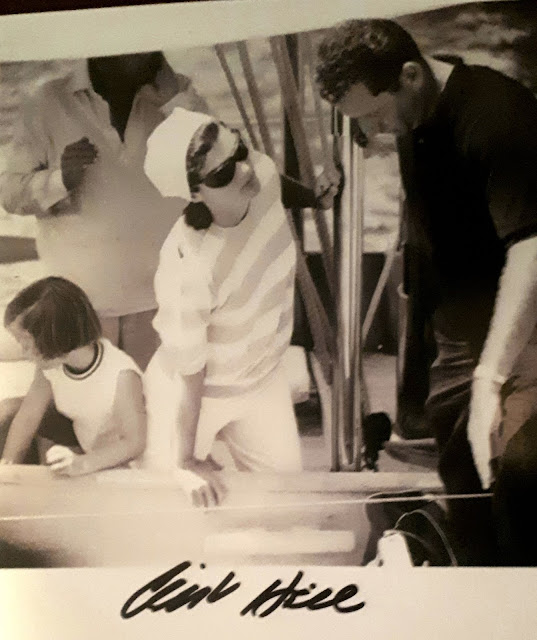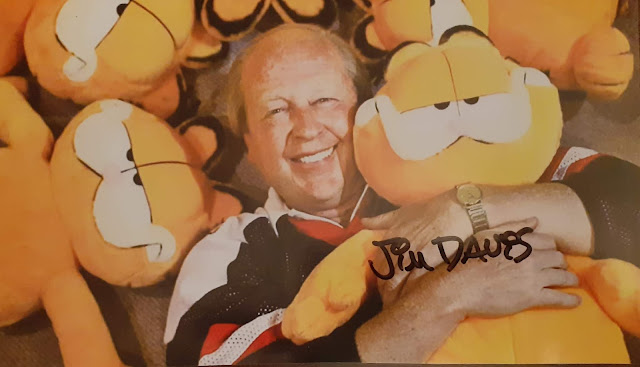Benjamin Johnson was born in Falmouth, Jamaica, and immigrated to Canada in 1976, residing in Scarborough, Ontario.
 Johnson met coach Charlie Francis and joined the Scarborough Optimists track and field club, training at York University. Francis was a Canadian 100 metres sprint champion himself (1970, 1971 and 1973) and a member of the Canadian team for the 1972 Summer Olympics in Munich. Francis was also Canada's national sprint coach for nine years.
Johnson met coach Charlie Francis and joined the Scarborough Optimists track and field club, training at York University. Francis was a Canadian 100 metres sprint champion himself (1970, 1971 and 1973) and a member of the Canadian team for the 1972 Summer Olympics in Munich. Francis was also Canada's national sprint coach for nine years.
Johnson's first international success came when he won 2 silver medals at the 1982 Commonwealth Games in Brisbane, Australia. He finished behind Allan Wells of Scotland in the 100 metres with a time of 10.05 seconds and was a member of the Canadian 4 × 100 metres relay team which finished behind Nigeria. This success was not repeated at the 1983 World Championships in Helsinki, where he was eliminated in the semi-finals, finishing 6th with a time of 10.44, nor at the 1983 Pan American Games in Caracas where Johnson placed 5th in the 100 metres final with a time of 10.25.
At the 1984 Summer Olympics in Los Angeles, he reached the 100 metres final; after a false start, he won the bronze medal behind Carl Lewis and Sam Graddy with a time of 10.22. He also won a bronze medal with the Canadian 4 × 100 m relay team of Johnson, Tony Sharpe, Desai Williams and Sterling Hinds, who ran a time of 38.70. By the end of the 1984 season, Johnson had established himself as Canada's top sprinter, and on August 22 in Zürich, Switzerland, he bettered Williams' Canadian record of 10.17 by running 10.12.
In 1985, after eight consecutive losses, Johnson finally beat Carl Lewis. Other success against Lewis included the 1986 Goodwill Games, where Johnson beat Lewis, running 9.95 for first place, against Lewis' third-place time of 10.06. He broke Houston McTear's seven-year-old world record in the 60 metres in 1986, with a time of 6.50 seconds.[2] He also won Commonwealth gold at the 1986 games in Edinburgh, beating Linford Christie for the 100 metres title with a time of 10.07. Johnson also led the Canadian 4x100 metres relay team to gold, and won a bronze in the 200 metres. Also in 1986, Canadian sprinter Mike Dwyer expressed concern that the use of drugs had reached "epidemic proportions" among Canadian sprinters, particularly among those who trained in the Toronto area. Atlee Mahorn also speculated that many sprinters were on steroids.[3]
 On April 29, 1987, Johnson was invested as a Member of the Order of Canada.
"World record holder for the indoor 60-meter run, this Ontarian has
proved himself to be the world's fastest human being and has broken
Canadian, Commonwealth and World Cup 100-meter records," it read.
"Recipient of the Norton Crowe Award for Male Athlete of the Year for 1985, 'Big Ben' was the winner of the 1986 Lou Marsh Trophy as Canada's top athlete."
On April 29, 1987, Johnson was invested as a Member of the Order of Canada.
"World record holder for the indoor 60-meter run, this Ontarian has
proved himself to be the world's fastest human being and has broken
Canadian, Commonwealth and World Cup 100-meter records," it read.
"Recipient of the Norton Crowe Award for Male Athlete of the Year for 1985, 'Big Ben' was the winner of the 1986 Lou Marsh Trophy as Canada's top athlete."
By the time of the 1987 World Championships, Johnson had won his four previous races with Lewis and had established himself as the best 100 metres sprinter. At Rome, Johnson gained instant world fame and confirmed this status when he beat Lewis for the title, setting a new world record of 9.83 seconds as well, beating Calvin Smith's former record by a full tenth of a second.
After Rome, Johnson became a lucrative marketing celebrity. According to coach Charlie Francis, after breaking the world record, Johnson earned about $480,000 a month in endorsements.[4] Johnson won both the Lou Marsh Trophy and Lionel Conacher Award, and was named the Associated Press Athlete of the Year for 1987.
Following Johnson's defeat of Lewis in Rome, Lewis started trying to explain away his defeat. He first claimed that Johnson had false-started, then he alluded to a stomach virus which had weakened him. Finally, without naming names, Lewis said "There are a lot of people coming out of nowhere. I don't think they are doing it without drugs." This was the start of Lewis' calling on the sport of track and field to be cleaned up in terms of the illegal use of performance-enhancing drugs. While cynics noted that the problem had been in the sport for many years, they pointed out that it did not become a cause for Lewis until he was actually defeated, with some also pointing to Lewis's egotistical attitude and lack of humility. During a controversial interview with the BBC, Lewis said:
There are gold medallists at this meet who are on drugs, that [100 metres] race will be looked at for many years, for more reasons than one.Johnson's response was:
When Carl Lewis was winning everything, I never said a word against him. And when the next guy comes along and beats me, I won't complain about that either.This set up the rivalry leading into the 1988 Olympic Games.
In 1988, Johnson experienced a number of setbacks to his running career. In February of that year he pulled a hamstring, and in May he aggravated the same injury. Meanwhile, in Paris in June, Lewis ran a 9.99. Then in Zurich, Switzerland on August 17, the two faced each other for the first time since the 1987 World Championships; Lewis won in 9.93, while Johnson finished third in 10.00. "The gold medal for the (Olympic) 100 meters is mine," Carl Lewis said. "I will never again lose to Johnson."
 Olympic games and subsequent disqualification
Olympic games and subsequent disqualification
On September 24, 1988, Johnson was thought to be the first sprinter from Canada since Percy Williams in 1928 to win the 100 metres final at the Summer Olympics in Seoul,
lowering his own world record to 9.79 seconds. Johnson would later
remark that he would have been even faster had he not raised his hand in
the air just before he hit the tape.[6]
However, Park Jong-sei of the Olympic Doping Control Center found that Johnson's urine sample contained stanozolol, and he was disqualified three days later.[7] He later admitted having used steroids when he ran his 1987 world record, which caused the IAAF
to rescind that record as well. Johnson and coach Francis complained
that they used doping in order to remain on an equal footing with the
other top athletes on drugs they had to compete against. In testimony
before the Dubin inquiry into drug use, Francis charged that Johnson was
only one of many cheaters, and he just happened to get caught. Later,
six of the eight finalists of the 100 metres race tested positive for
banned drugs or were implicated in a drug scandal at some point in their
careers: Carl Lewis, who was given the gold medal; Linford Christie, who was moved up to the silver medal and who went on to win gold at the next Games; Dennis Mitchell, who was moved up to fourth place and finished third to Christie in 1992; and Desai Williams, Johnson's countryman who won a bronze medal in the 4 × 100 metres relay at the Los Angeles Games in 1984.[8]
Johnson's coach, Charlie Francis, a vocal critic of the IOC testing procedures, is the author of Speed Trap, which features Johnson heavily. In the book, he freely admits that his athletes were taking anabolic steroids, as he claims all top athletes at the time were, and also claims that Johnson could not possibly have tested positive for that particular steroid since Johnson actually preferred furazabol. He thought stanozolol made his body "feel tight".[9] The numerous athletes using performance-enhancing drugs at the time understood how long before a race, and possible drug test, they should stop using the drugs. Johnson later claimed that André A. Jackson, Lewis' Santa Monica Track Club teammate, who was inside the drug testing room in Seoul, may have placed the stanozolol in one of the beers Johnson drank in order to make urine for his test.[10]
On 28 September 2018, the Toronto Star ran an article on the lab report which was created on Johnson sample during the 1988 Olympic Games. It was produced by the IOC doping control centre in Seoul two days after Johnson handed in a urine sample taken after the 100m run. The newspaper concluded that the assumed substance Stanozolol was traceable, but "inconsistencies" are found in the report. The Toronto Star goes on, that no Canadian Olympic team official saw the lab report in Seoul. The lab report was requested by Canada's chief medical officer, Dr. William Stanish. The Canadian team didn't object after the IOC medical commission assured "that its testing methods were unassailable."





